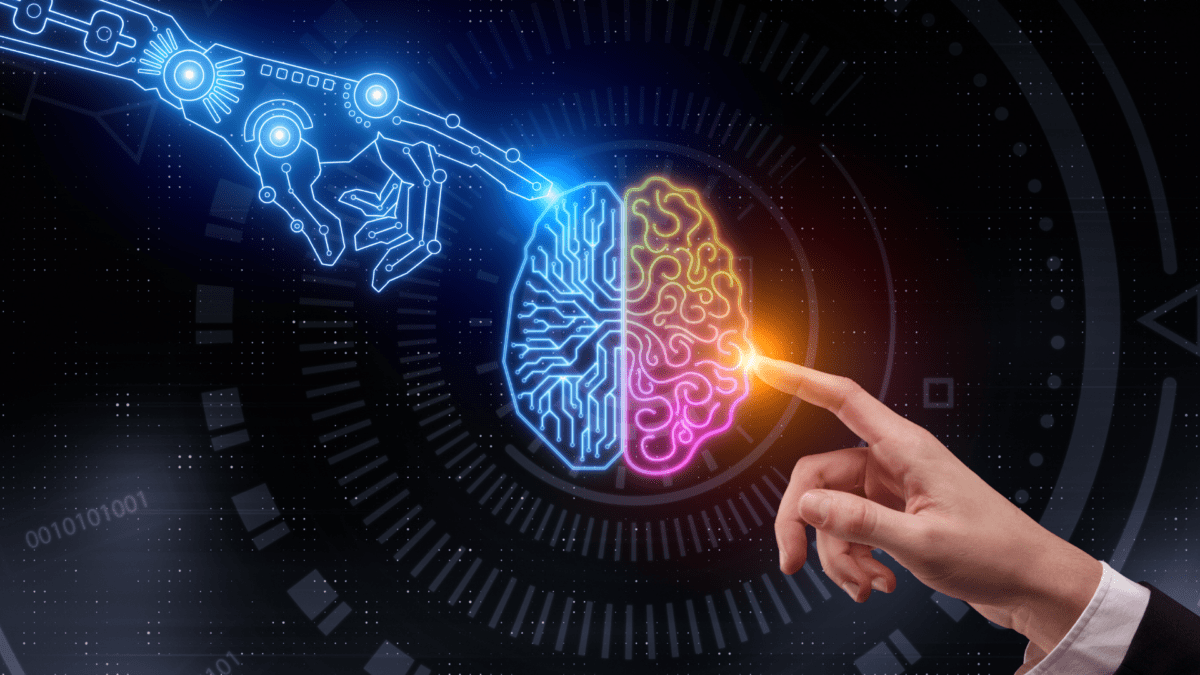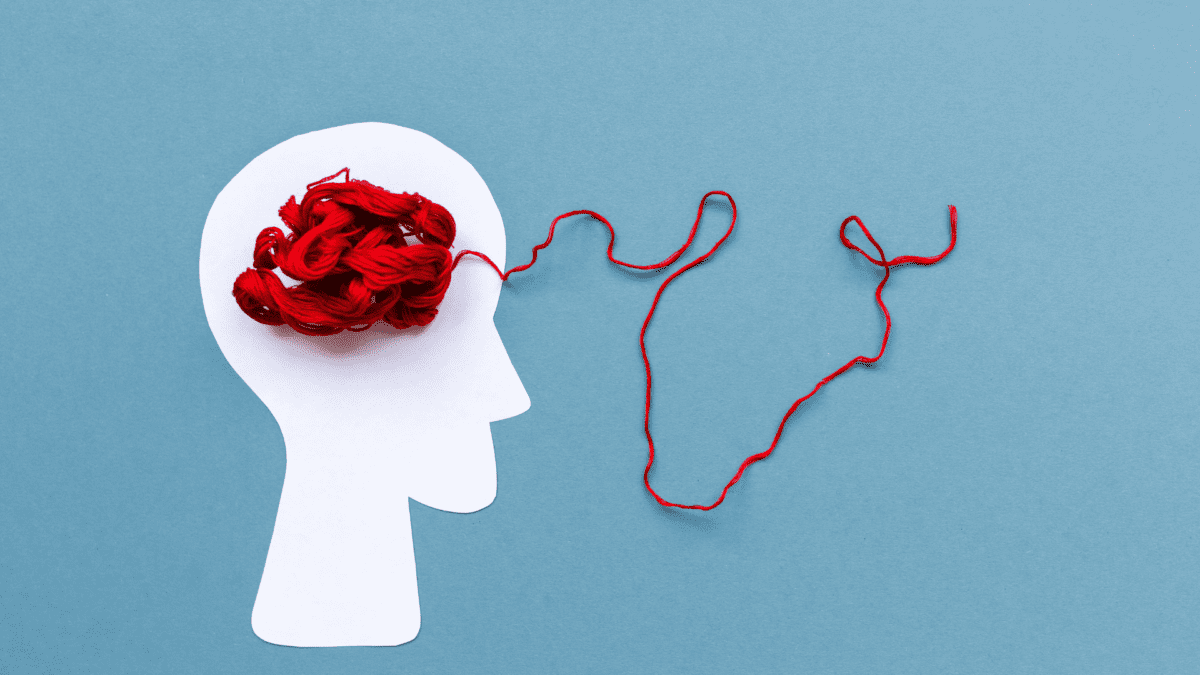Introduction:
Throughout human history, spirituality and religiosity have acted as steadfast pillars shaping individual beliefs, actions, and perceptions. Particularly in regions like India, where cultural and spiritual facets are deeply intertwined, the pull of tradition is felt profoundly. However, beyond cultural narratives, neuropsychiatry offers profound insights into how and why our brains resonate with spiritual inclinations, and how this interplay influences mental health.
1. Culturally Rooted Religiosity:
Every individual’s spiritual journey is a tapestry, woven with threads of upbringing, familial traditions, and societal influences. The stories, rituals, and beliefs passed down through generations not only form the bedrock of cultural identity but also shape an individual’s spiritual and religious leanings. This intertwining of culture and religiosity becomes even more pronounced in societies where every life event, from birth to death, is steeped in spiritual practices.
2. Breaking Away: The Dual Nature of Religious Upbringing:
While many adopt and cherish the religious teachings of their ancestors, human psychology is complex. The same upbringing that fosters deep rooted beliefs in one individual might lead another to question, challenge, or even reject these teachings. This divergence can be influenced by personal experiences, exposure to diverse beliefs, or even an intrinsic desire to seek one’s own truth.
3. Hyperreligiosity: An Enigma of Elevated Faith:
Some individuals traverse a spiritual journey that elevates their religious fervor to levels far beyond societal norms. This surge in spirituality can represent a deeper connection with the divine or a heightened spiritual awareness. However, neuropsychiatry offers another perspective: such sudden and intense religious inclinations might be indicative of underlying mental health challenges.
4. Neuropsychiatric Insights into Hyper religiosity:
When a person’s spiritual expressions undergo drastic changes like proclaiming personal dialogues with a deity or an urge to renounce worldly life it might raise neuropsychiatric red flags. While it’s tempting to view these shifts as spiritual awakenings, they can also mirror underlying mental disturbances. Conditions like epilepsy, for instance, have historically been linked with heightened religious sentiments.
5. Spirituality: A Beacon in Mental Turmoil:
Conversely, religion and spirituality often become sanctuaries during times of mental anguish. Many individuals, grappling with psychological challenges, find solace, purpose, and rejuvenation in their spiritual beliefs. This therapeutic aspect of spirituality is a testament to its deeply ingrained role in human psychology.
Conclusion:
The relationship between religiosity, spirituality, and mental health is intricate, profound, and multidimensional. As neuropsychiatry delves deeper into this relationship, it unveils the layers that connect the human psyche with spiritual realms. Whether it’s the comfort drawn from ancient rituals, the questions arising from a skeptical mind, or the solace found during mental distress, spirituality remains a powerful force in the human experience.
In the maze of the human mind, spirituality shines as both a guiding star and a reflection of its intricate pathways.
Explanation of the Quote:
This quote underscores the multifaceted role of spirituality in human psychology. It suggests that while spirituality often acts as a guide, illuminating the path forward, it is also a mirror reflecting the complexities and nuances of our inner psyche. This duality makes the exploration of spirituality and mental health endlessly fascinating.











